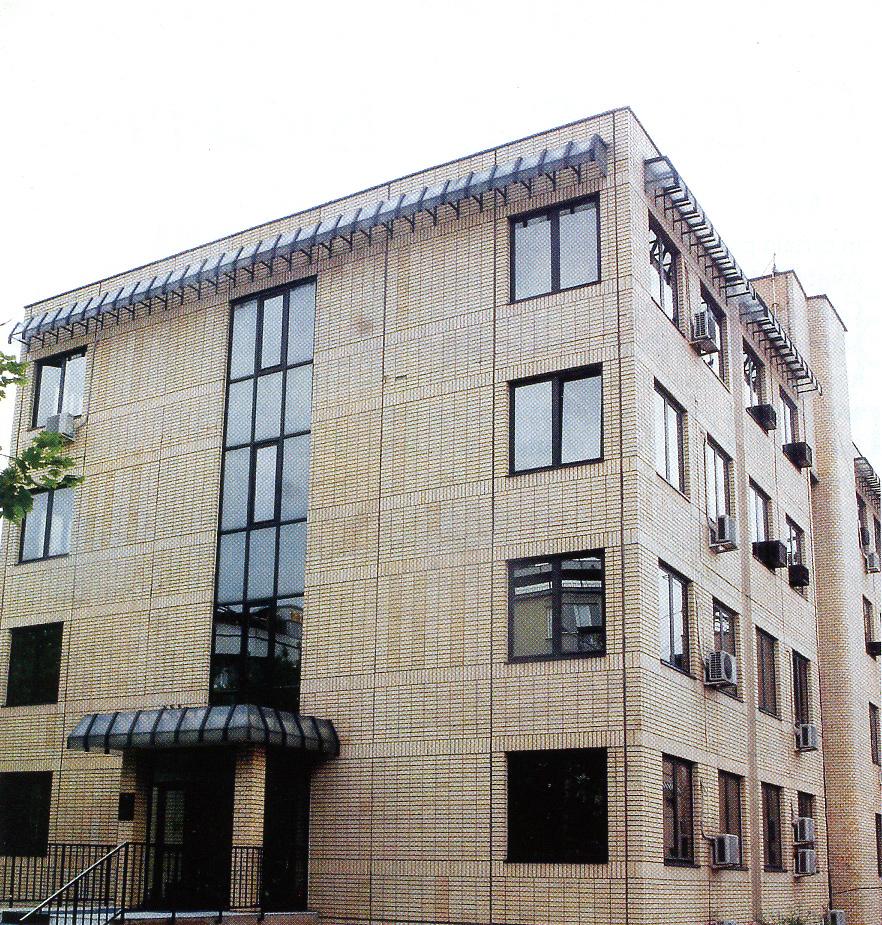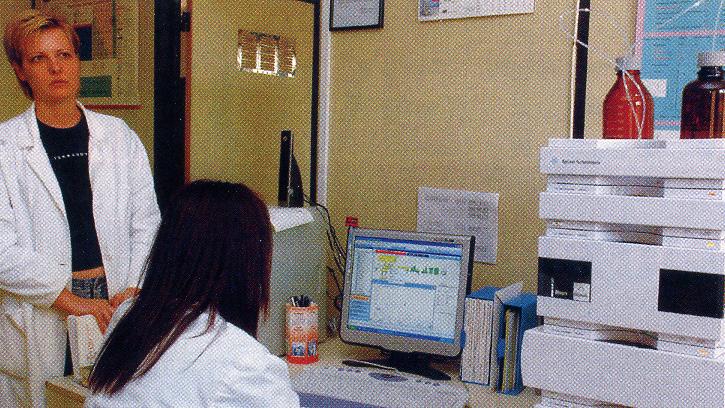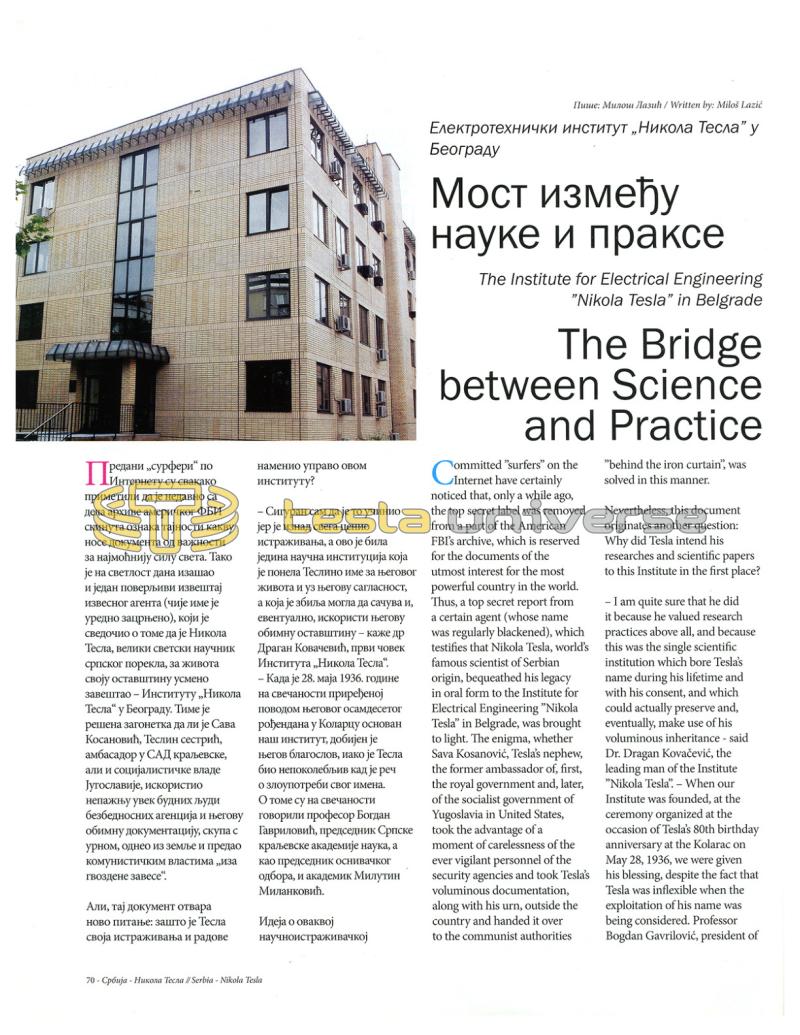
Nikola Tesla Articles
The Bridge between Science and Practice
The Institute for Electrical Engineering “Nikola Tesla” in Belgrade
Committed “surfers” on the Internet have certainly noticed that, only a while ago, the top secret label was removed from a part of the American FBI’s archive, which is reserved for the documents of the utmost interest for the most powerful country in the world. Thus, a top secret report from a certain agent (whose name was regularly blackened), which testifies that Nikola Tesla, world’s famous scientist of Serbian origin, bequeathed his legacy in oral form to the Institute for Electrical Engineering “Nikola Tesla” in Belgrade, was brought to light. The enigma, whether Sava Kosanovic, Tesla’s nephew, the former ambassador of, first, the royal government and, later, of the socialist government of Yugoslavia in United States, took the advantage of a moment of carelessness of the ever vigilant personnel of the security agencies and took Tesla’s voluminous documentation, along with his urn, outside the country and handed it over to the communist authorities “behind the iron curtain”, was solved in this manner.
Nevertheless, this document originates another question: Why did Tesla intend his researches and scientific papers to this Institute in the first place?
-I am quite sure that he did it because he valued research practices above all, and because this was the single scientific institution which bore Tesla’s name during his lifetime and with his consent, and which could actually preserve and, eventually, make use of his voluminous inheritance - said Dr. Dragan Kovacevic, the leading man of the Institute “Nikola Tesla”. - When our Institute was founded, at the ceremony organized at the occasion of Tesla’s 80th birthday anniversary at the Kolarac on May 28, 1936, we were given his blessing, despite the fact that Tesla was inflexible when the exploitation of his name was being considered. Professor Bogdan Gavrilovic, president of the Serbian Royal Academy of Science, and academic Milutin Milankovic, in the capacity of the president of the Foundation Committee, had their word on it at the ceremony.
The idea of the scientific and research institution of this type was initiated by a group of engineers during the previous year, and so the Foundation Committee was registered, which turned immediately to the famous scientist in writing. Miraculously, they received his consent. As the result of such an idea, we had recently the special anniversary of the important event: seventy years of rewarding scientific and research work of the Institute for Electrical Engineering “Nikola Tesla”.
An elegantly decorated catalogue was published on the occasion of this event, with unusual “genealogy” on the last page. Everything that was developed under the roof of the Institute is illustrated schematically in it. What an amazing discovery! One after the other: The Institute “Nikola Tesla”, The Institute for Electric Engineering of the SANU, The Institute for Electric Power Researches, The Hydroelectric Institute, from which the Institute “Jaroslav Cerni” was derived, then the Institute “Milan Vidmar” in Ljubljana, The Institute “Mihailo Pupin”... Of course, we refer to the leading scientific and research institutions of the former Yugoslavia, and present-day Serbia. We should undoubtedly attach to this impressive list the Museum of Nikola Tesla in Belgrade, which is the distinctive monument (mausoleum) of the famous monk of science.
The Institute has been independent since 1960 and it has been involved in researches and development regarding the field of energetics. Presently, it deals with the strategic studies on the Electric Power System, testing and gauging, and high technology equipment production. Besides, the projects of the Ministry of Science are also worked out at the Institute, yet, as they especially emphasize, they are not paid for it a dime from the budget; On the contrary, they have to apply for tender, as any other legal person.
Presently, there are 105 employees at the Institute “Nikola Tesla”, of which twelve are Doctors of Science, ten are Masters of Science, and fifty are Bachelors of Science (while most of them are under forty years of age). It is a helluva personnel, to use the colloquial language, which grants the Institute the reputation of one of the most distinguished and traditional scientific and research institutions in Serbia and, perhaps, in this part of Europe.
- Our Institute, as the creator of original and effective solutions in the field of electric power systems and electric power plants, is a particular bridge between science and practice - says Dragan Kovacevic, director. - All our work is realized through four scientific and research centers: Centers for electric power systems, for electric power facilities, for automation and regulation and for electrical measuring. Anyway, our most significant partners are the Electric Power Industry of Serbia and Elektromreza Srbije.


